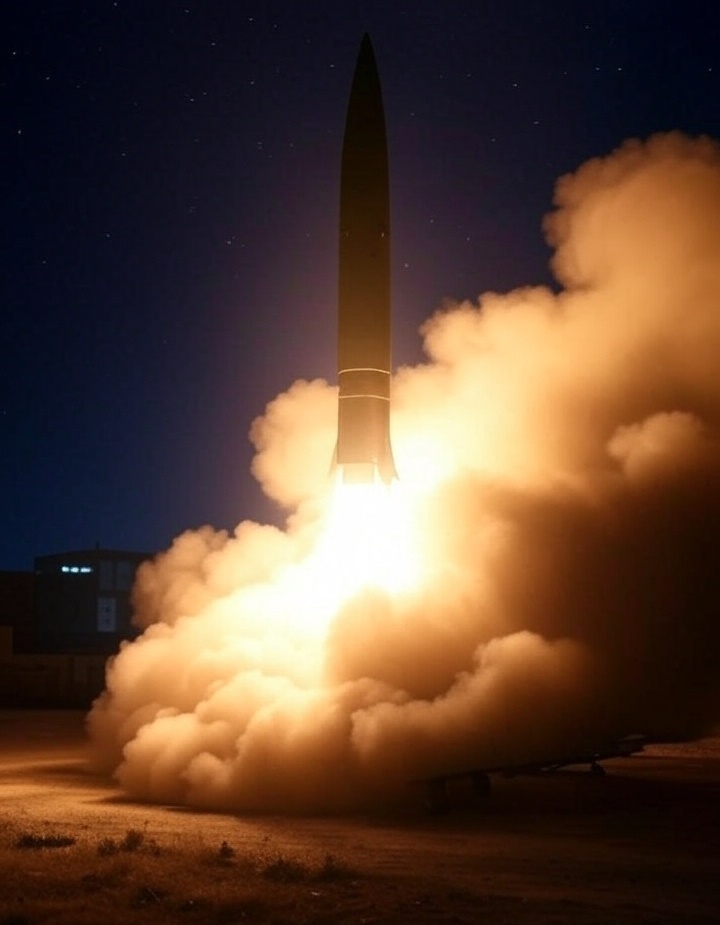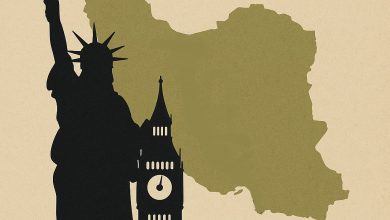Historical-Theoretical Analysis of Threat Balancing in Iran-Israel Relations

From Intelligence Alliance to Strategic Confrontation
Bilateral relations between Iran and Israel have undergone profound and structural transformations over recent decades. These relations—ranging from security and intelligence cooperation during the Pahlavi era to ideological, geopolitical, and military rivalry under the Islamic Republic—reflect a deep shift in the perception of threat and national interests by both actors.
This study, grounded in Stephen Walt’s Balance of Threat Theory, aims to examine this historical evolution through four distinct analytical periods. It demonstrates how changes in perceived threat components have shifted Iran-Israel relations from a tactical alliance to a strategic enmity.
Main Research Question:
How have historical developments altered mutual threat perceptions between Iran and Israel, and what consequences have these changes had on the regional patterns of their interactions?
Period One: Covert Alliance and Intelligence Cooperation (Until 1979)
In the first phase, Iran-Israel relations were shaped by shared geopolitical interests within the framework of threat balancing. Intelligence cooperation between Mossad and SAVAK, Iran’s support for Israel during the Arab oil embargo, and informal military and economic exchanges occurred in a context where the primary threat for both Tehran and Tel Aviv was perceived to be the Soviet Union and pan-Arab nationalist regimes—especially Iraq. The absence of direct threats between the two states allowed for a tacit alliance to emerge.
Period Two: Structural Break and Discursive Shift (1979–1980s)
Following the 1979 Islamic Revolution, Iran’s foreign policy underwent an ideological transformation. The Islamic Republic officially reframed Israel not as a legitimate state but as the “Zionist regime”—an existential threat to the Islamic world. Diplomatic and security ties were fully severed, Israel’s embassy in Tehran was replaced with a Palestinian one, and Iran began supporting resistance movements like Hezbollah. Within the balance of threat framework, this shift was driven by an increase in perceived ideological threats, aggressive intentions attributed to Israel, and a fundamental denial of Israel’s legitimacy.
Period Three: Proxy and Security Confrontation (1990s–2021)
During this period, the Iran-Israel rivalry moved beyond political discourse to operational dimensions. Iran’s strategic focus on the Axis of Resistance and its growing influence in Syria, Iraq, and Lebanon directly challenged Israel’s national security doctrine. Cyber attacks (such as the Stuxnet virus), the assassination of Iranian nuclear scientists, and proxy military operations exemplify the escalation. Threat balancing became increasingly active and accelerated, with both states viewing each other as existential threats—not just militarily, but also in cyber, intelligence, and diplomatic domains.
Period Four: Military Crisis and the Threshold of Regional War (2021–Present)
The twelve-day military confrontation between Israel and Hamas in October 2023 marked a turning point in the escalation of threat balancing. While Iran did not officially participate, Tel Aviv considered Iran’s support for resistance groups a core driver of the conflict. Cyber warfare, aerial strikes, and industrial sabotage brought the two countries to the brink of full-scale confrontation. Israel accused Iran of enabling and empowering the Resistance Axis, prompting a shift to asymmetric deterrence, while Iran, leveraging its strategic depth in the region, pursued a model of indirect threat balancing. A fragile ceasefire—brokered by regional powers and U.S. political pressure—was established, though both sides treated it as a temporary phase despite public claims of victory.
Conclusion: From Tactical Alliance to Strategic Enmity
The historical analysis of Iran-Israel relations reveals that the transformation from tactical cooperation to strategic hostility is largely rooted in evolving threat perceptions, in line with the balance of threat theory. This shift is not only security-driven but has deepened across discursive, ideological, and geopolitical dimensions. The escalating perception of mutual threat has been the primary factor shaping the current high-tension security environment.
Future Outlook and the Strategy for Breaking the Deadlock
The future of Iran-Israel relations is highly contingent on broader geopolitical developments in the Middle East, the role of extra-regional powers (such as the U.S., Russia, and China), and internal dynamics within both countries. In the long run, the only sustainable path to resolving this dangerous impasse lies in the pursuit of a two-state solution for Israel and Palestine, based on UN resolutions and under international supervision. Achieving such a resolution could pave the way for a new chapter in regional relations and reduce the balance of threat while fostering a degree of mutual trust within the regional order.






